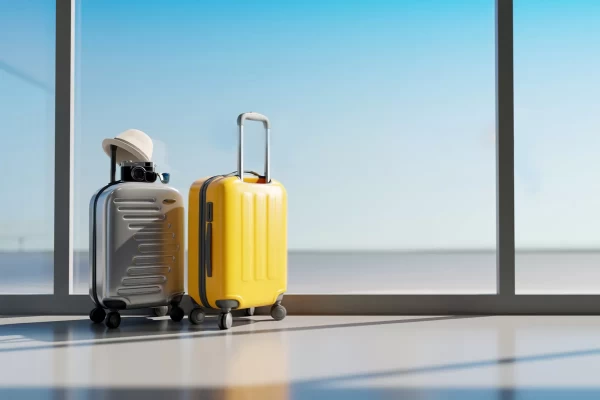10 Airplane Facts You Need to Know

Flying has become common in our daily lives, and we frequently select it as the most secure way to go from one country to another. We prepare our suitcases carefully, plan trips and buy tickets with ease thanks to modern technology. We might be anxious about flying, thinking about what could go wrong, losing a suitcase, flight delays or long hours of transit. But as soon as we arrive at our destination without any such incident, we stop thinking about it. But most of us go about without thinking much about airplanes and flying. Here are some interesting facts about flying that will pique your interests.
The Tastebuds Change on a Flight
If you have wondered why the airplane food always tastes bad, it’s not the food. Blame it on your tastebuds. The higher a plane flies, the more air pressure increases and humidity decreases. In such cases, your tastebuds can lose the ability to register sweet and savory flavors. That is why, you might think that the food they serve is bland. But don’t worry, your taste buds come back to normal once you hit the ground.
Lightning Can Be Caused By Airplanes
You might have noticed on a cloudy day when an airplane flies by it is always accompanied by a thunder. Well, this is not a coincidence. Static is created when planes fly inside clouds, this develops lightning. However, this is nothing to worry about since airplanes are safe even when being struck by lightning. This is because the current gets evenly distributed throughout the aircraft, other safety measures are also put in place to increase safety inside the aircraft.
The Atmosphere in the Airplane is Drier Than on Land
The airplane has very less moisture in its air compared to that on land. This means that there is almost no humidity. Only a tiny fraction of moisture and air can be found onboard an airplane.
Pilots and Co-Pilots Don’t Eat the Same Meal
No, it is not because they have different choices in food, but it is for their health. Pilots and co-pilots don’t eat the same meals so that if one of the foods had gone bad and one of them gets sick, there is always the other one to fly the plane. Thus, different food is given to ensure that no risks are taken when flying.
Living Inside an Airplane Could Cause a Heart Attack
It might sound fun to live in an airplane and travel the world, but it would not be good for your heart health. According to a study, people who are exposed to loud noises above 60 decibels like that of an airplane flying overhead, have 30% more chances of getting a heart attack than those who are not exposed to noise levels of that level.
There are Some Planes that Can Fly for More Than Four Hours in Just One Engine
The aviation technology is always developing and now there are planes that can fly for at least four to five hours even if one of their engines have stopped working. These planes have been designed in such as way that they can operate easily without worry. This has been tested and is a great breakthrough in case of events where an engine gets exhausted and only one is running as five hours give it a lot of time to find an emergency landing runway.
A Dead Person Will Fly in the Cabin with You
Yes, you heard that right. If a person dies during a flight, it will be covered and laid towards the back of the airplane until landing. Nothing else can be done as the medical professionals will need to have a look at it. However, in some airplanes, there is a special place defined where the body can be stored until landing.
Pilots Can Fall Asleep While Flying
You might have heard of truck drivers falling asleep while driving, but so do pilots. But this is more well organized, once a pilot is ready to sleep, they will set the plane in autopilot mode for some time. Some even admit to dozing off while flying the plane.
You Won’t Believe Where the Dirtiest Place on the Plane Is
No, it’s not the bathroom. However, you will be very surprised to know that the dirtiest place on the plane will be right in front of you. It’s the tray table and pockets! Yes, these areas have been known to be filthier than the bathroom based on a study conducted to study the colony of bacterial units on different parts of the plane!
Takeoff and Landings are the Riskiest Times of a Flight
Takeoffs and landings have a 13% fatality and accidents recorded compared to a plane flying steadily in the air. The first 3 minutes of a flight has seen more accidents than any other time. Whereas 48% per cent of the accidents have occurred during the final landing moments.
